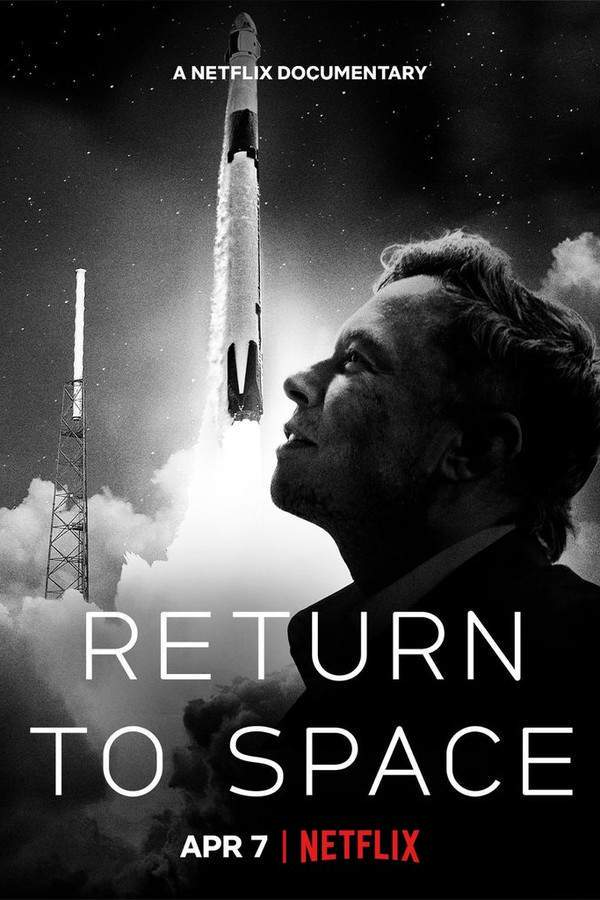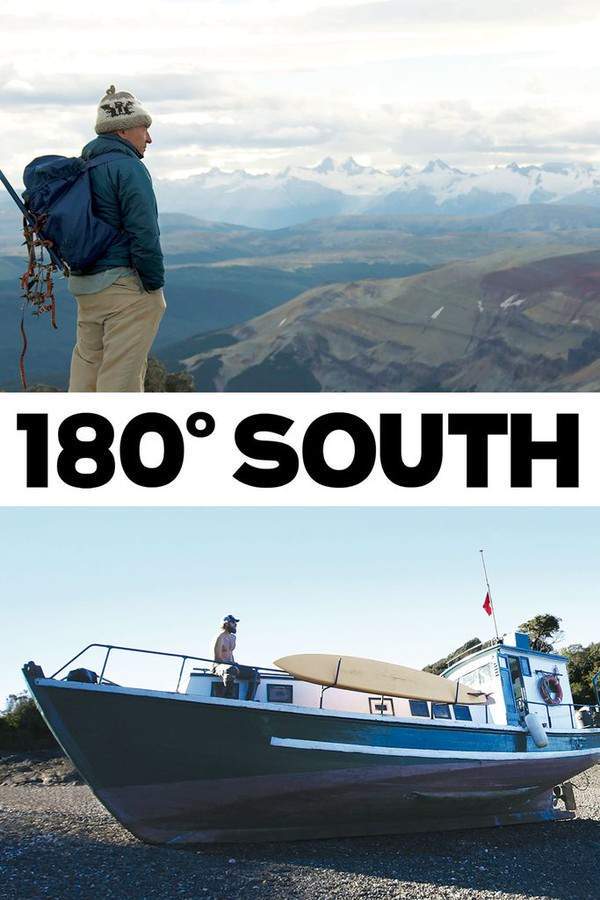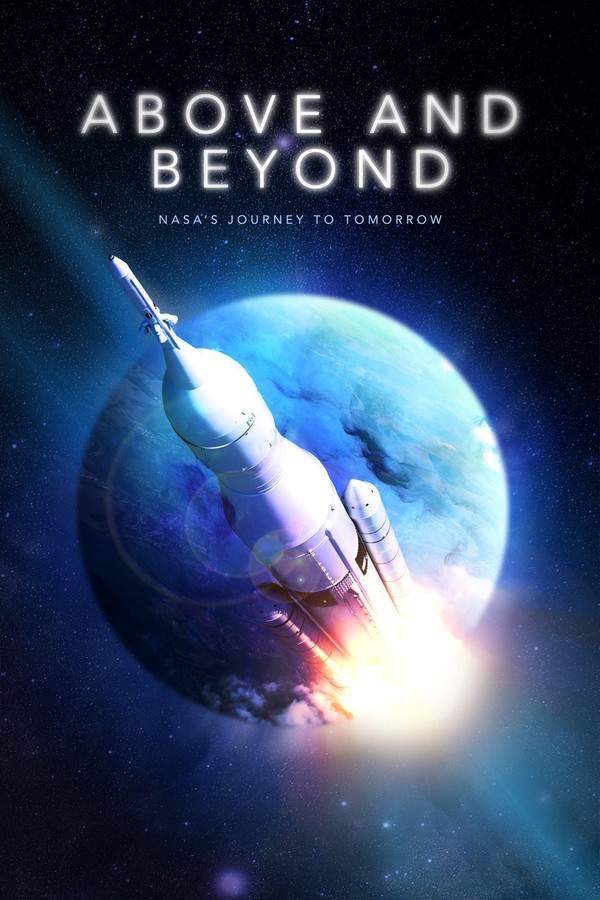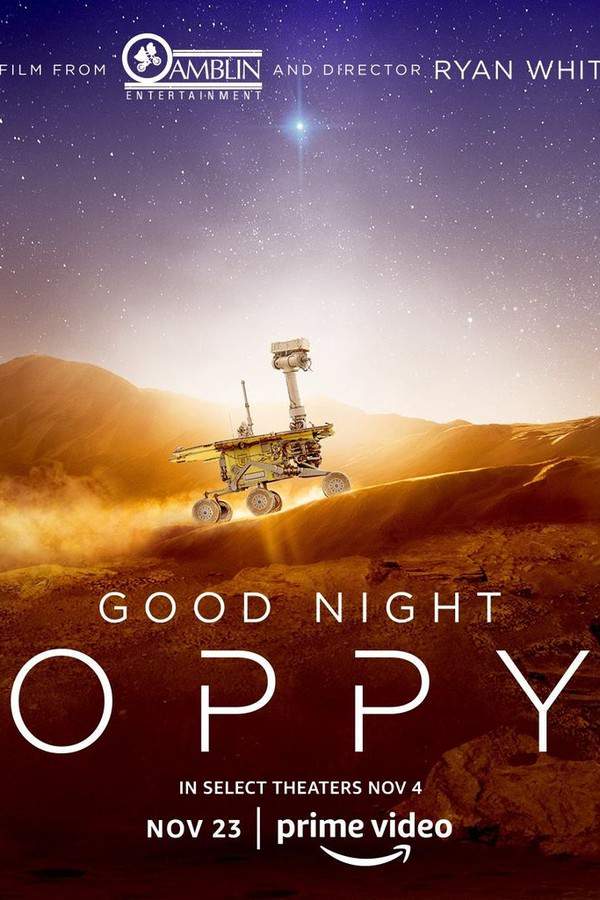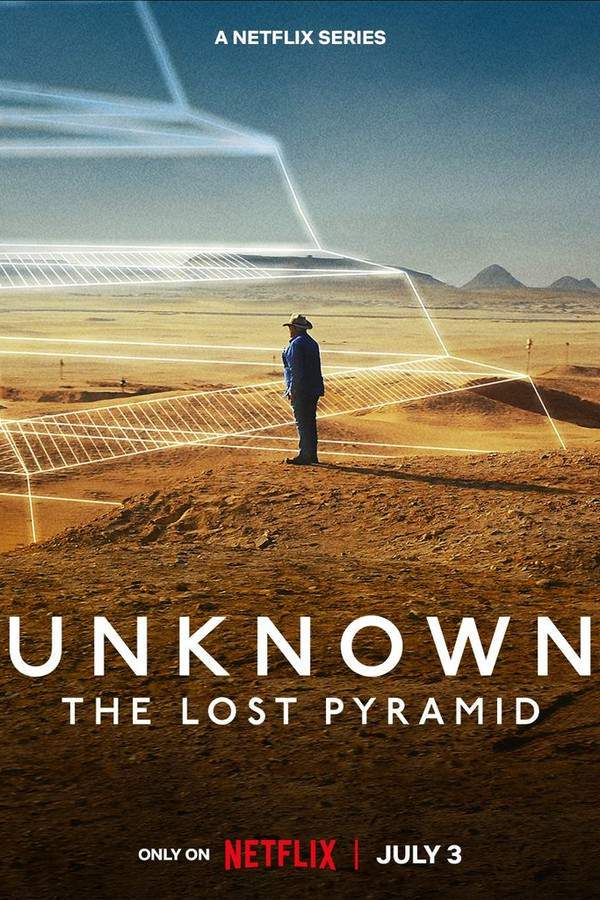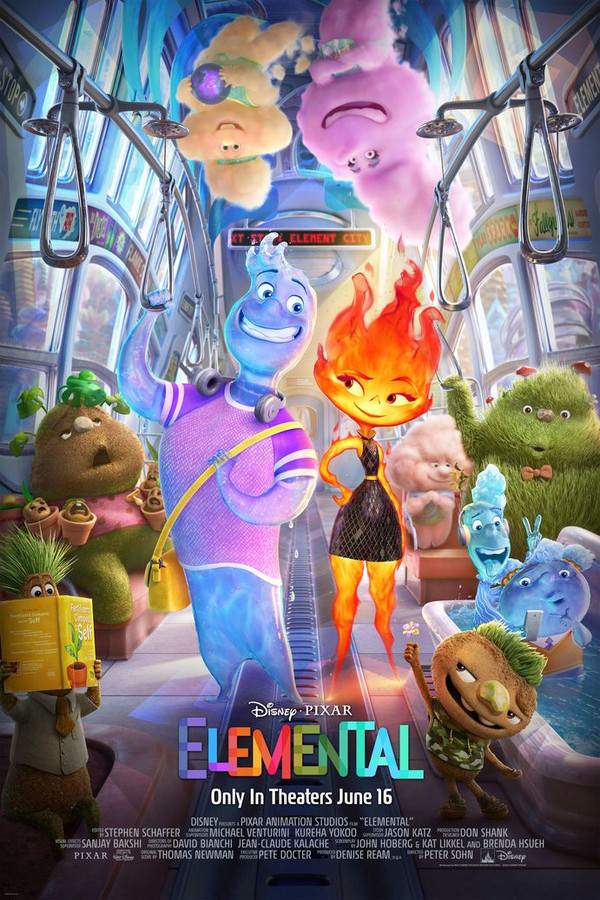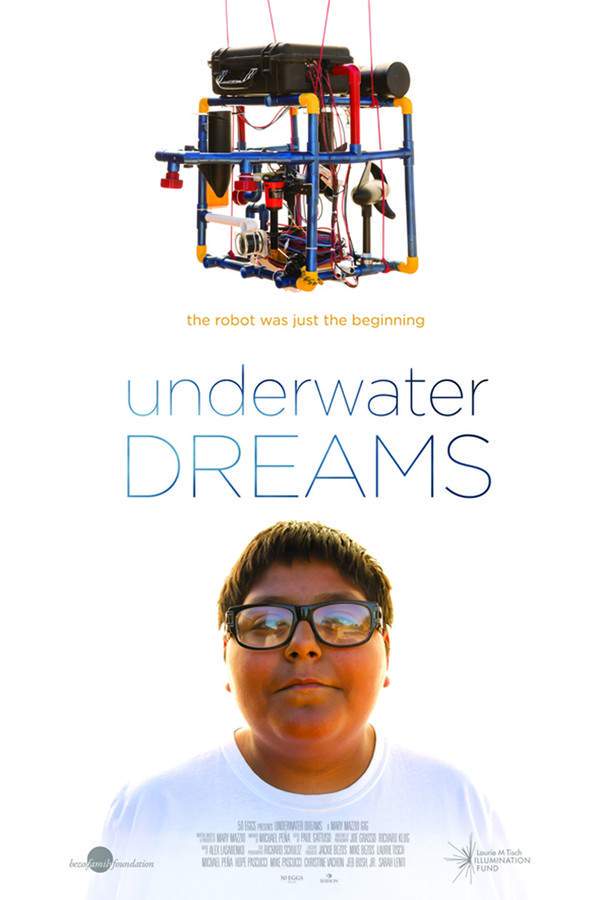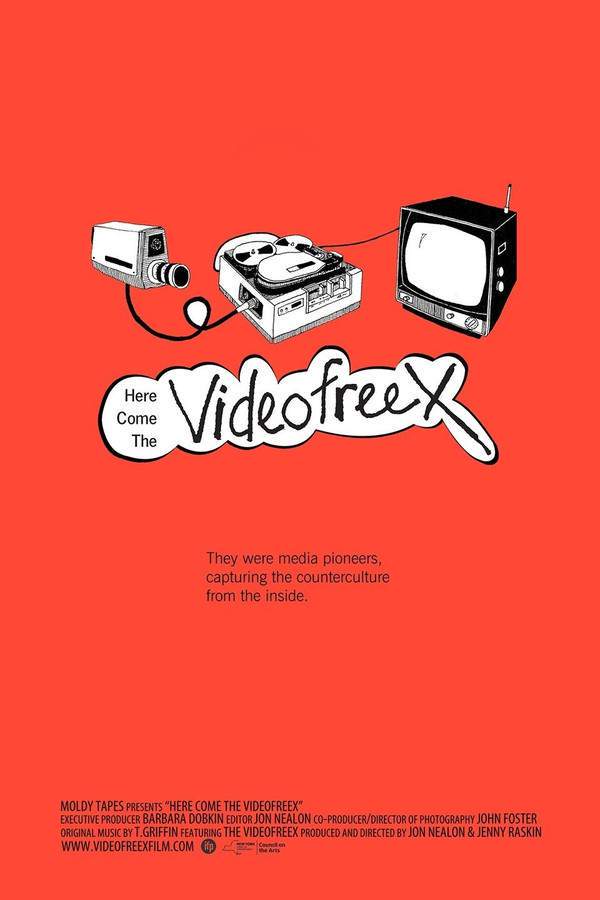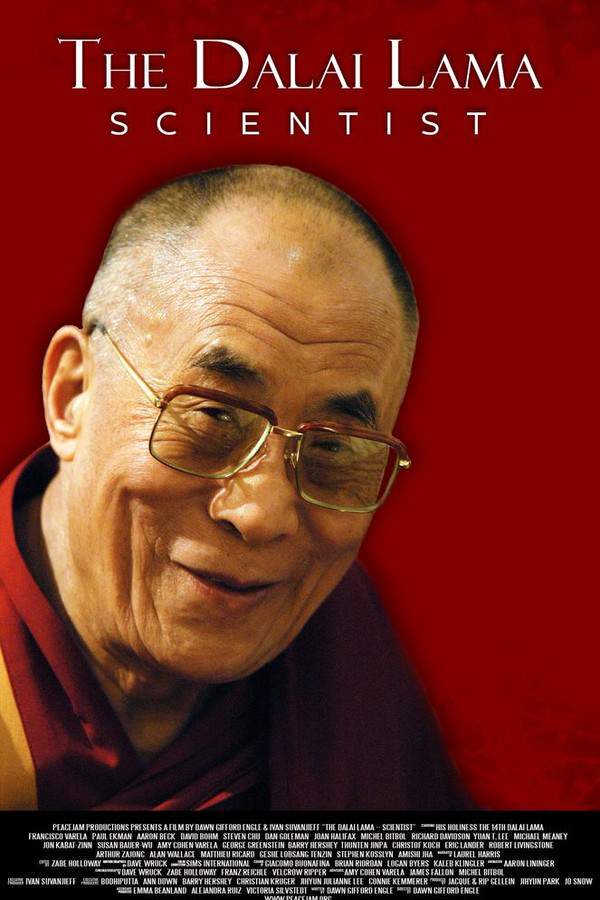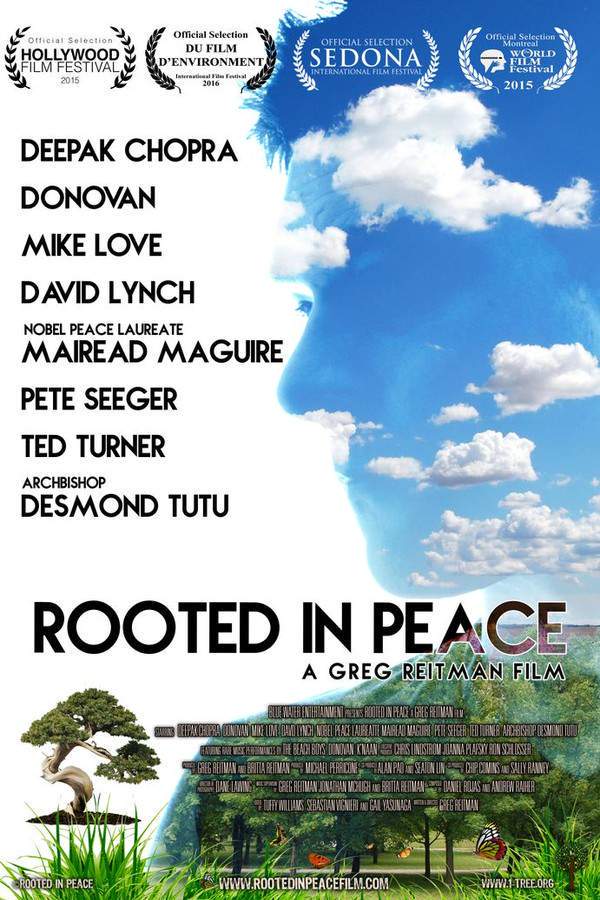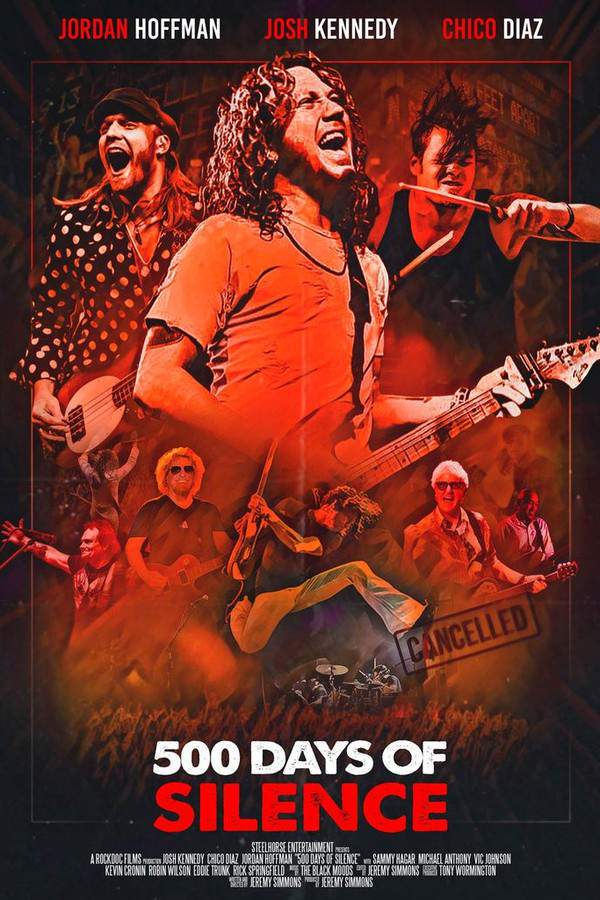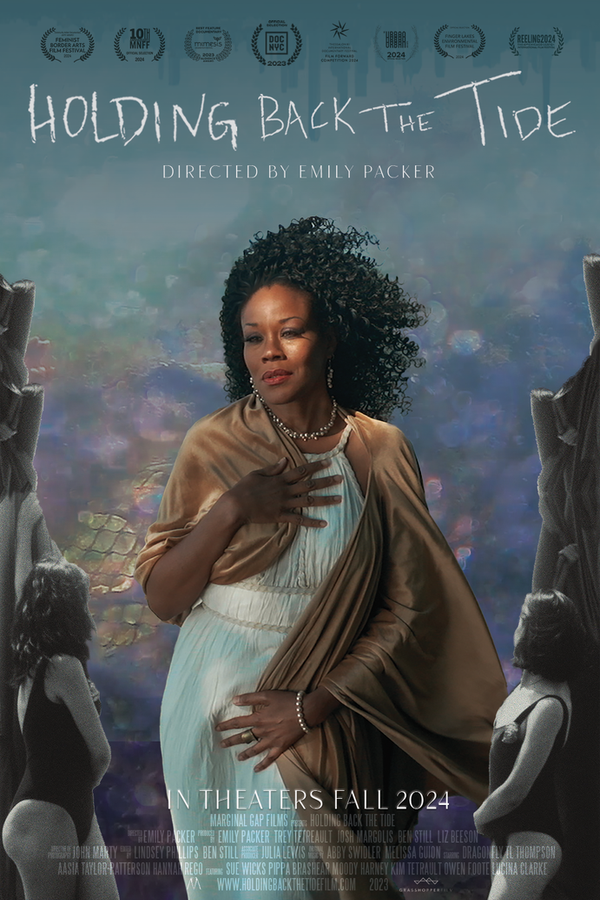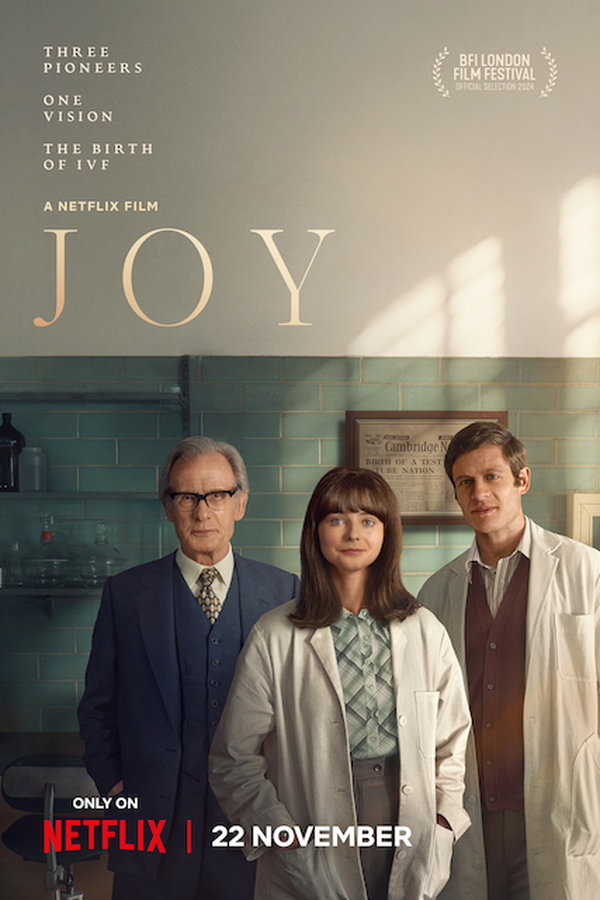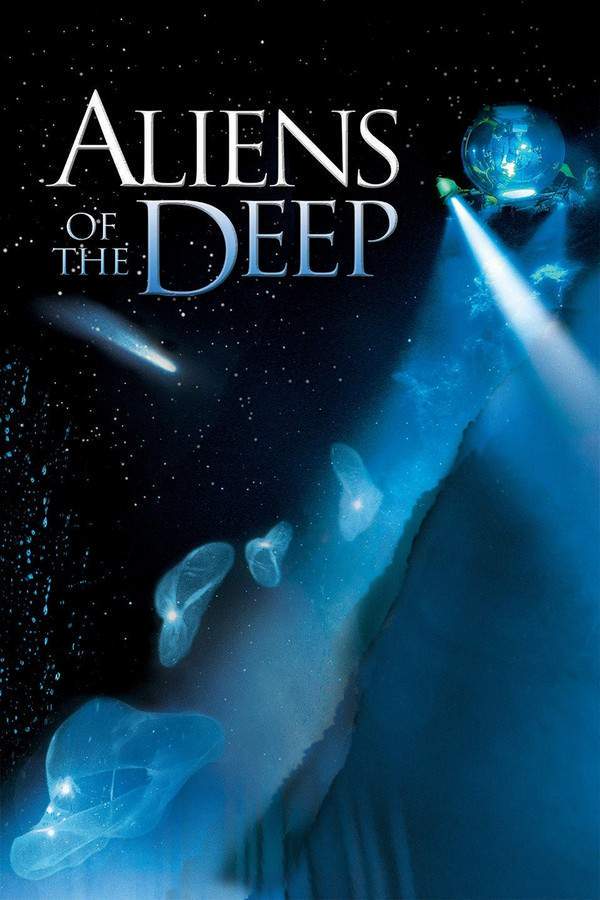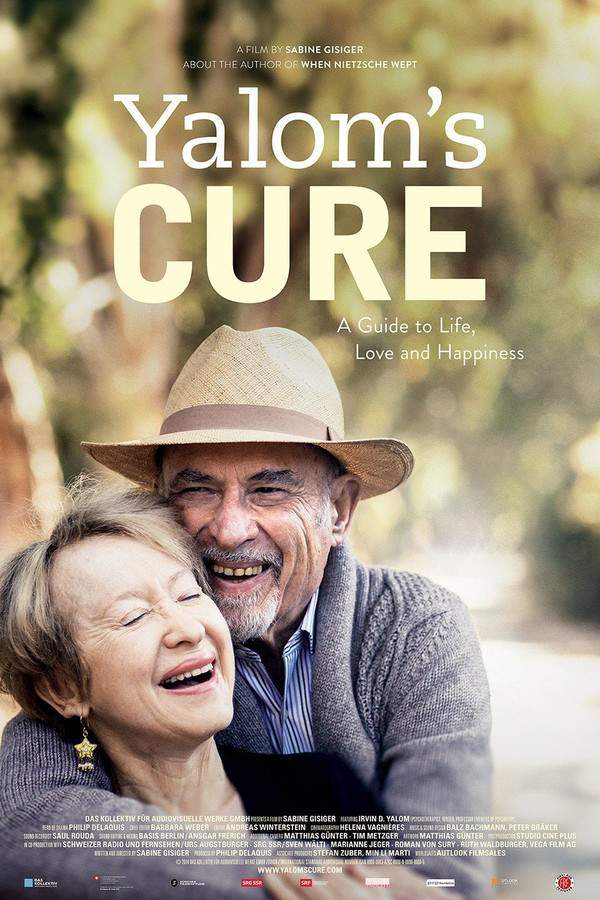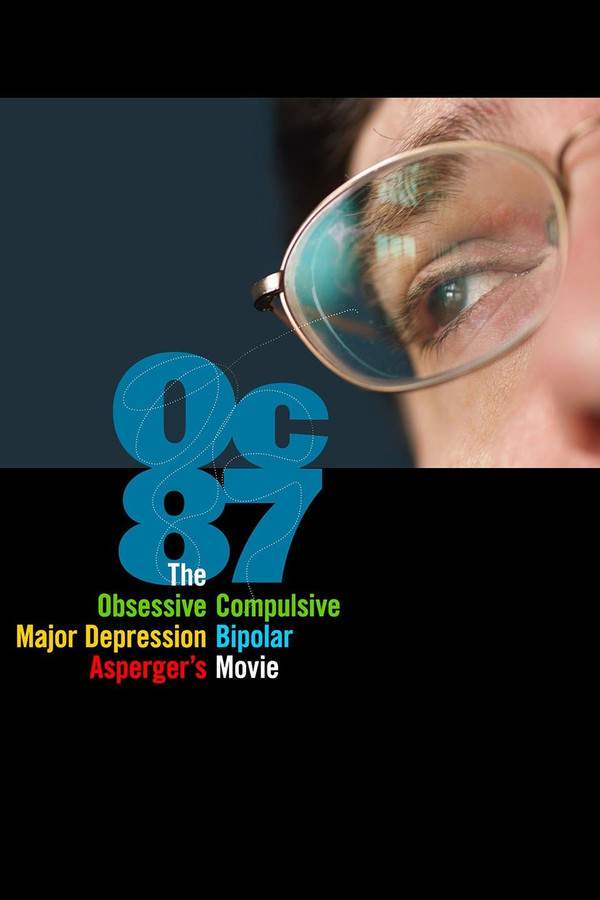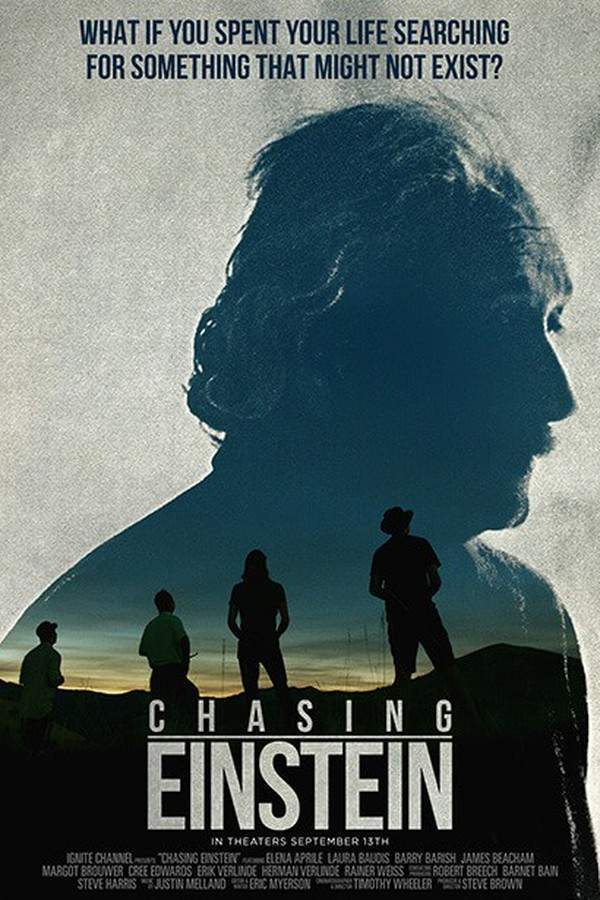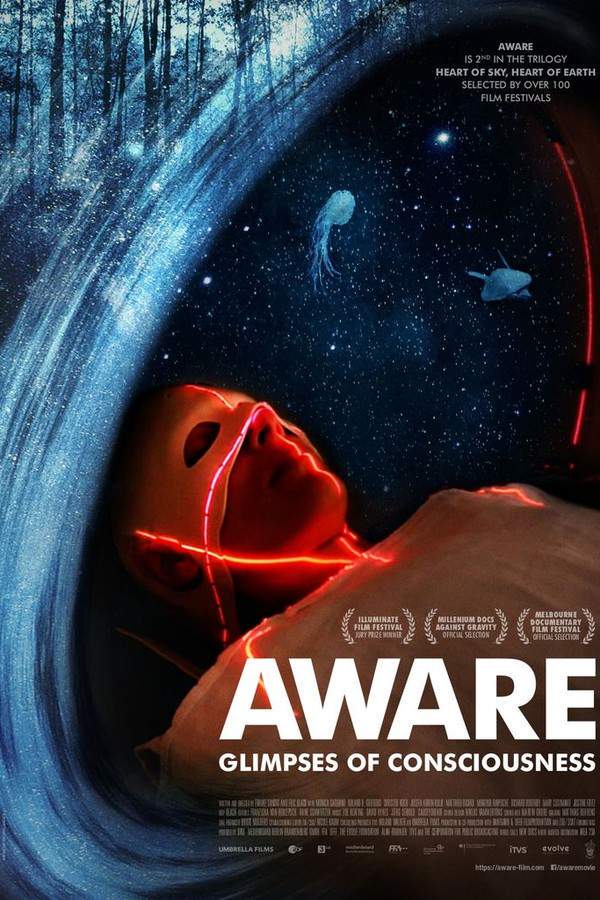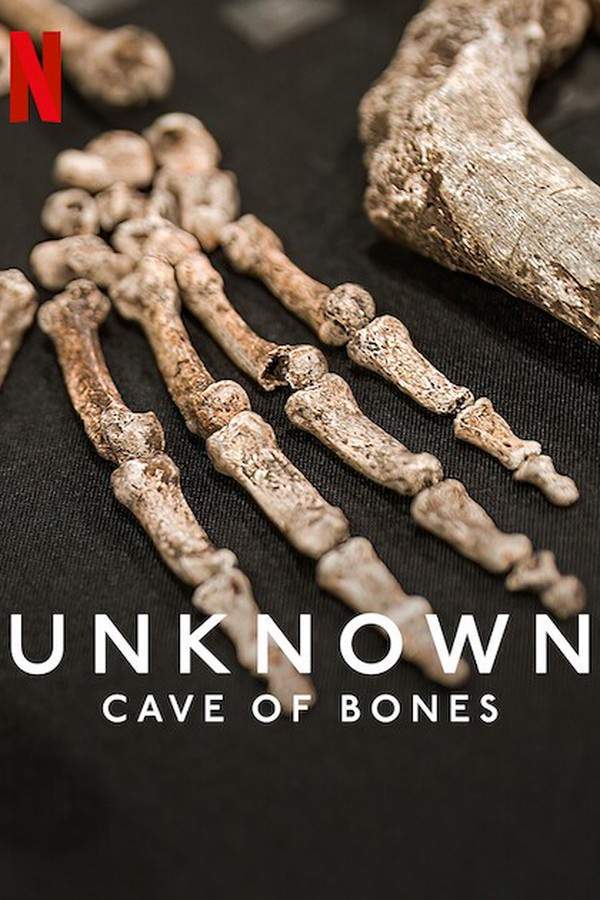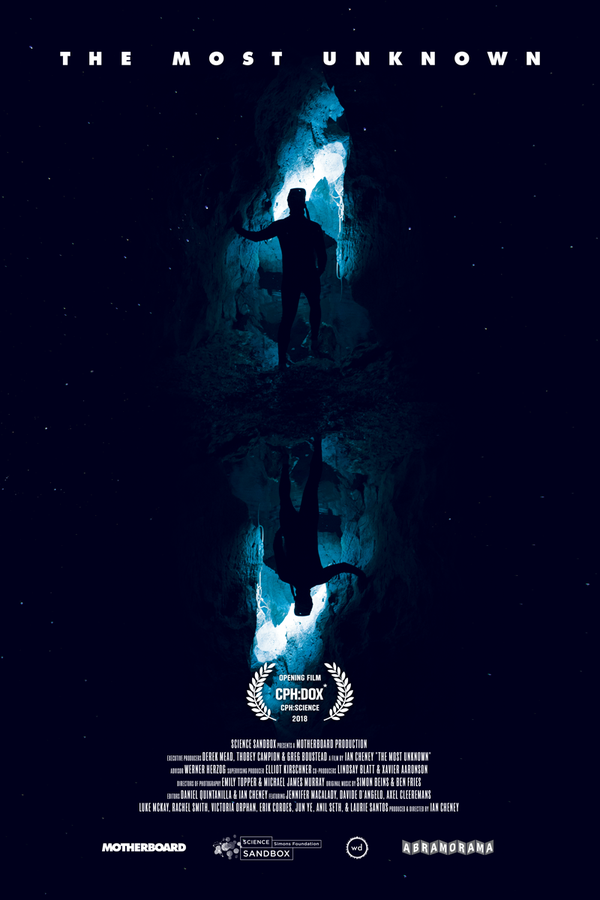
The Most Unknown
Nine scientists explore profound mysteries in this documentary. Their quest spans subjects from the beginnings of life to the complexities of time and consciousness, pushing the boundaries of scientific understanding. Through collaboration and exploration, they forge connections across various disciplines, revealing the transformative power of shared discovery and the captivating nature of the unknown.
Warning: spoilers below!
Haven’t seen The Most Unknown yet? This summary contains major spoilers. Bookmark the page, watch the movie, and come back for the full breakdown. If you're ready, scroll on and relive the story!
Timeline – The Most Unknown (2018)
Trace every key event in The Most Unknown (2018) with our detailed, chronological timeline. Perfect for unpacking nonlinear stories, spotting hidden connections, and understanding how each scene builds toward the film’s climax. Whether you're revisiting or decoding for the first time, this timeline gives you the full picture.
Last Updated: November 03, 2024 at 23:39
Explore Movie Threads
Discover curated groups of movies connected by mood, themes, and story style. Browse collections built around emotion, atmosphere, and narrative focus to easily find films that match what you feel like watching right now.
Movies about big questions with a hopeful tone like The Most Unknown
Documentaries and stories that tackle life's biggest mysteries with a sense of optimism.If you liked the inspiring, wonder-filled journey of The Most Unknown, you'll find similar films here. These movies explore profound scientific and philosophical mysteries with an optimistic and curious tone, focusing on the collaborative and uplifting nature of human inquiry.
Narrative Summary
Narratives in this thread often follow a journey of inquiry, where characters or experts collaborate to explore a deep mystery. The conflict is typically intellectual rather than interpersonal, and the resolution reinforces the value of asking questions and the interconnectedness of knowledge.
Why These Movies?
These movies are grouped together because they share a unique blend of tackling complex, weighty subjects with a fundamentally hopeful and optimistic tone. They prioritize wonder over worry and celebrate discovery, creating an inspiring and contemplative viewing experience.
Movies about interdisciplinary collaboration like The Most Unknown
Stories where experts from different fields come together to solve a shared puzzle.Fans of The Most Unknown will enjoy these stories about collaborative problem-solving. This collection features films where scientists, thinkers, or experts from different areas join forces, revealing how interconnected knowledge leads to profound discoveries and insights.
Narrative Summary
The plot structure revolves around bringing together specialists with unique skills or knowledge bases. The story unfolds as these individuals learn to communicate and combine their expertise, often involving travel to distinct locations or labs, culminating in a shared 'Eureka' moment or a deeper understanding.
Why These Movies?
These films are united by their focus on the process of interdisciplinary collaboration as a central narrative engine. They share a vibe of intellectual camaraderie and the excitement that comes from connecting dots across traditional boundaries of knowledge.
Unlock the Full Story of The Most Unknown
Don't stop at just watching — explore The Most Unknown in full detail. From the complete plot summary and scene-by-scene timeline to character breakdowns, thematic analysis, and a deep dive into the ending — every page helps you truly understand what The Most Unknown is all about. Plus, discover what's next after the movie.
The Most Unknown Summary
Read a complete plot summary of The Most Unknown, including all key story points, character arcs, and turning points. This in-depth recap is ideal for understanding the narrative structure or reviewing what happened in the movie.
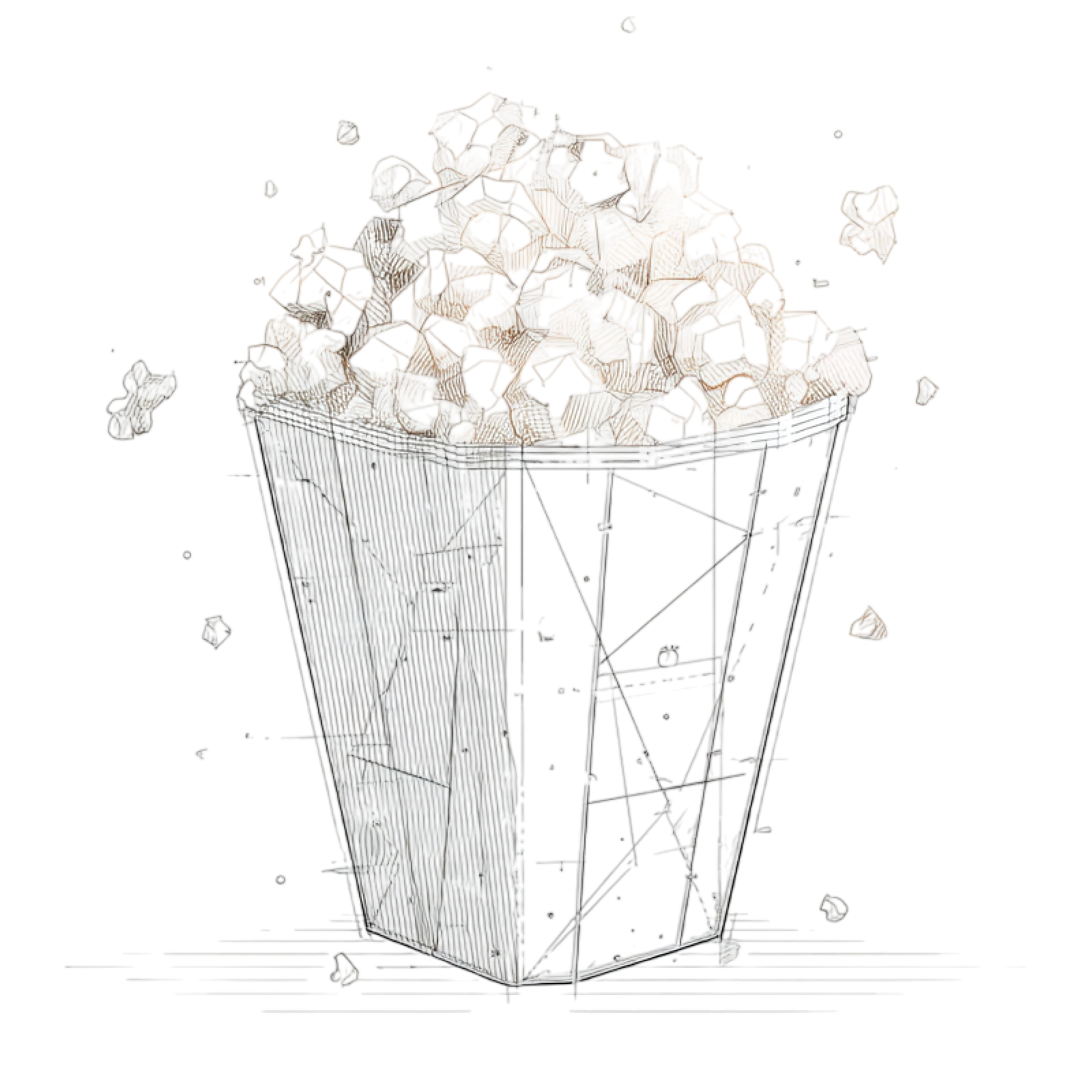
Characters, Settings & Themes in The Most Unknown
Discover the characters, locations, and core themes that shape The Most Unknown. Get insights into symbolic elements, setting significance, and deeper narrative meaning — ideal for thematic analysis and movie breakdowns.

The Most Unknown Spoiler-Free Summary
Get a quick, spoiler-free overview of The Most Unknown that covers the main plot points and key details without revealing any major twists or spoilers. Perfect for those who want to know what to expect before diving in.

More About The Most Unknown
Visit What's After the Movie to explore more about The Most Unknown: box office results, cast and crew info, production details, post-credit scenes, and external links — all in one place for movie fans and researchers.

Similar Movies to The Most Unknown
Discover movies like The Most Unknown that share similar genres, themes, and storytelling elements. Whether you’re drawn to the atmosphere, character arcs, or plot structure, these curated recommendations will help you explore more films you’ll love.
Explore More About Movie The Most Unknown
The Most Unknown (2018) Plot Summary & Movie Recap
The Most Unknown (2018) Scene-by-Scene Movie Timeline
The Most Unknown (2018) Spoiler-Free Summary & Key Flow
Movies Like The Most Unknown – Similar Titles You’ll Enjoy
Chasing Einstein (2019) Detailed Story Recap
Aliens of the Deep (2005) Ending Explained & Film Insights
Aware: Glimpses of Consciousness (2021) Full Movie Breakdown
Unknown: Cave of Bones (2023) Full Movie Breakdown
The Unknown (2000) Plot Summary & Ending Explained
Ancient Caves (2020) Spoiler-Packed Plot Recap
Superhuman: The Invisible Made Visible (2020) Plot Summary & Ending Explained
Unknown: Cosmic Time Machine (2023) Story Summary & Characters
An Unknown Compelling Force (2021) Full Summary & Key Details
Secrets of the Bermuda Triangle (1978) Movie Recap & Themes
Unknown World (1951) Full Summary & Key Details
The Amazing World of Psychic Phenomena (1976) Full Summary & Key Details
Unknown Powers (1978) Movie Recap & Themes
The Unknown Terror (1957) Ending Explained & Film Insights
Secrets of the Octopus (1000) Ending Explained & Film Insights

